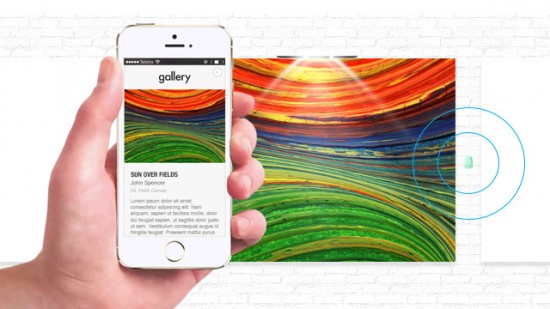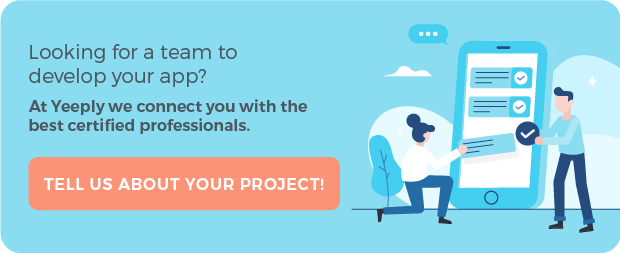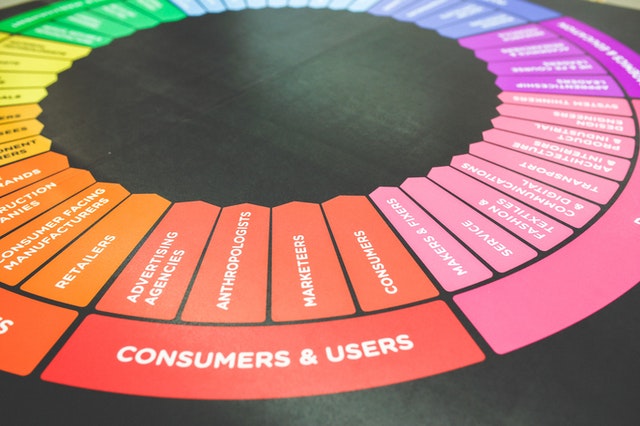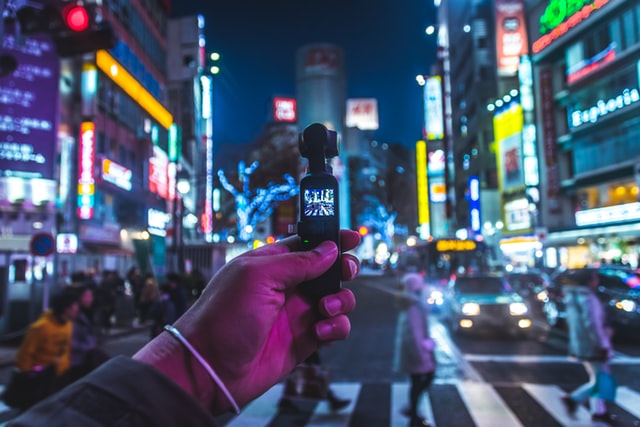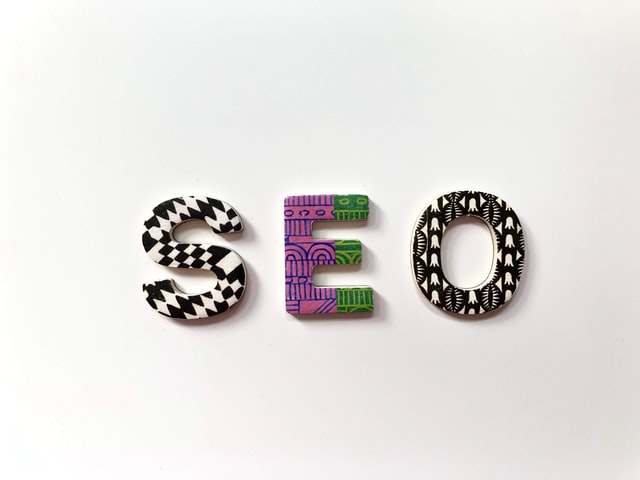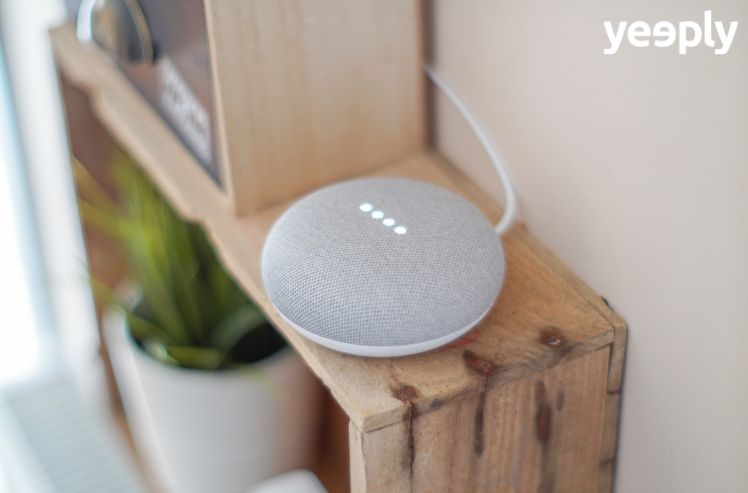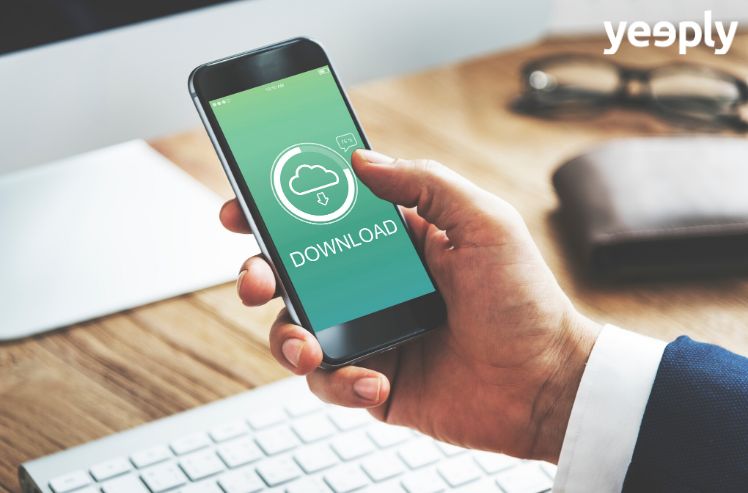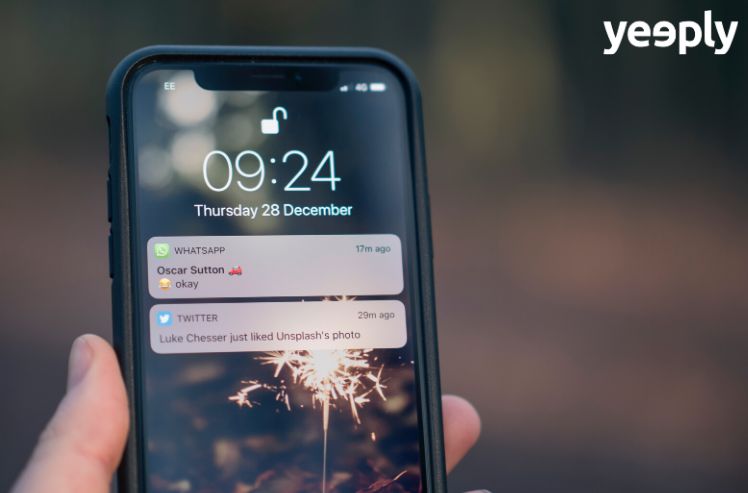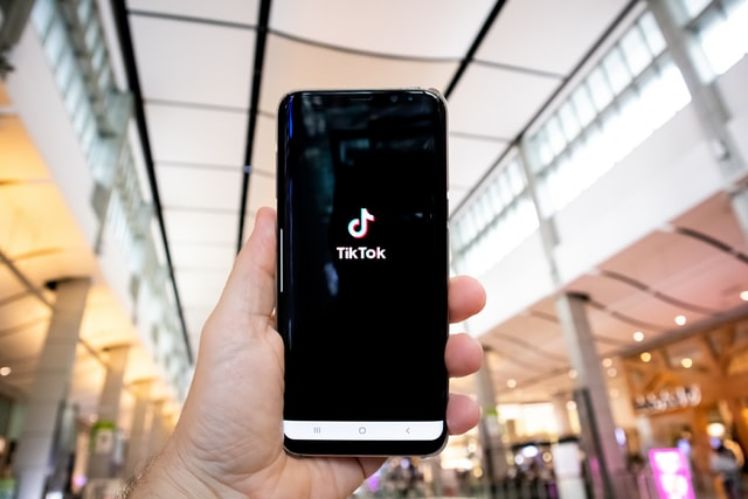We love novelties when it comes to new technologies and thus try to keep up with what’s going on, provided that it’s related to what we like best: creating apps. We’ll focus now on Beacons, a technology that longs to stand out within the mobile marketing and proximity marketing sphere. We are not completely certain whether it will be of widespread use in the future. However it’s better to be prepared, right?
What are Beacons?
Before we start discussing the development of apps that make use of Beacons, it’s best to know what this new technology is. And even if you are already acquainted with it, it never hurts to get to know further details.
Beacons are very small devices (about the size of a coin or perhaps a little bigger depending on aesthetic matters) that broadcast Bluetooth 4.0 shortwave signals − also known as BLE (Bluetooth Low Energy). Their range is approximately 50 meters.
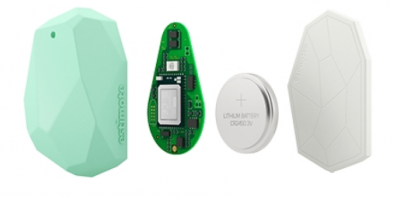
How do they work?
When creating apps that are compatible with Beacon technology it’s necessary: in the first place, that mobile devices incorporate Bluetooth (a trend that is currently growing, both for smartphones and tablets); and secondly, that we take into account that we must ask the user his/her permission to access the device’s Bluetooth functionality when developing the app.
The process begins when the device incorporates this technology and has an app installed on it that recognises the Beacon’s frequency. The Beacon works as a lighthouse by broadcasting a signal to the app. The app will be ‘listening’ and will ‘wake up’ the mobile device, but without sending any data.
The final step depends on how well has the app been developed. The app, once alerted by the Beacon will use its ‘intelligence’ to send a Push message or notification.
What can Beacons be used for?
Some of their uses − as previously mentioned − are related to proximity marketing strategies or contactless payments via mobile phones.
- Automatic check-in: applications like Foursquare, Yelp, Facebook, Twitter, etc. may implement this technology to allow the app to check in automatically − if configured so − when a user attends an event or is in a space where the Beacon’s signal is present.
- Proximity marketing: a clear example is when an application sends you discounts, special offers or reminders when you’re nearby the physical store. It’s very useful in the retail sector, for instance.
- Indoor navigation: a more precise and effective way of geolocation without making use of GPS. It’s much more accurate, though is only applicable in small enclosures that have Beacons installed. Especially useful in car parks, shopping centres or large buildings − where GPS does not seem to work very well. It can also prove very useful at trade fairs and large events such as festivals, concerts, museums, etc.
- Contactless payments: it simplifies mobile payments substantially, works on the same frequency and enables us to carry out payments with our Smartphone if we associate these apps with our bank accounts.
Advantages of creating apps that make use of Beacons
The knack to making a good use of any new technology is to know what to apply it to and how to use it. And having a thorough knowledge about it is essential to obtain a high performance. Let’s see what are the advantages and benefits entailed by such apps:
- They use up little battery and no data services: Bluetooth uses up much less of the mobile device’s battery than GPS. In addition, it makes no use of mobile operator data services.
- Range: its range is enough to reach customers who are near the physical store. It compasses around 50 meters and is also more precise than GPS in enclosed spaces and structures such as shopping centres or large buildings.
- Easy to programme: this technology is very easy to implement when programming, as it just has to ask for permission to access the device’s Bluetooth feature.
- Cheaper: placing a Beacon is not expensive and neither is it to have it implemented in the development process. It also doesn’t involve any additional charges or mobile data consumption.
Disadvantages of Beacons
Beacons, however, also have disadvantages. Let’s see what problems we face when creating apps that are compatible with Beacons.
- They need apps installed that recognise them: having it configured to recognise Beacons will be worthless if the mobile application cannot access the device’s Bluetooth feature.
- Having Bluetooth enabled: it can be a drawback, because − although it uses up less battery than GPS or Wi-Fi − it does consume the mobile device’s battery if it’s on all day.
- Its usefulness relies on a third party: even if we have properly configured our mobile device, there is no point in having the app if no third party places the Beacon to send the signals.
Examples of apps that make use of Beacons
An example of this kind of apps can be found at the Rubens House museum. It’s located in Belgium and has been one of the early adopters of this technology. The use of this technology has been arranged in such way that each time a visitor stands in front of a painting, a Beacon emits the x-ray copy of the painting to the visitor’s smartphone. Moreover, they could also be used for sending additional data.
Another example is the new PayPal app, which includes a new functionality that makes use of Beacons allowing us to pay with our mobile device in establishments that accept this payment method.
Furthermore, the well-known supermarket Carrefour has incorporated beacon systems within its shopping trolleys to determine customer movement in order to optimise where products are placed. And for a little while now the airline EasyJet shows the way to your flight’s boarding gate, allows you to check-in with your ticket and also to receive notifications by means of beacons, its official app and your mobile device.
Although this new technology is not so much in vogue, strategies that make use of it have already been conceived and the use of Beacons in areas such as large shopping malls has been encouraged. In the future it might not come to be of massive use − unlike the case of augmented reality apps − but it will nevertheless be used in certain environments where it has proven to be very useful.


